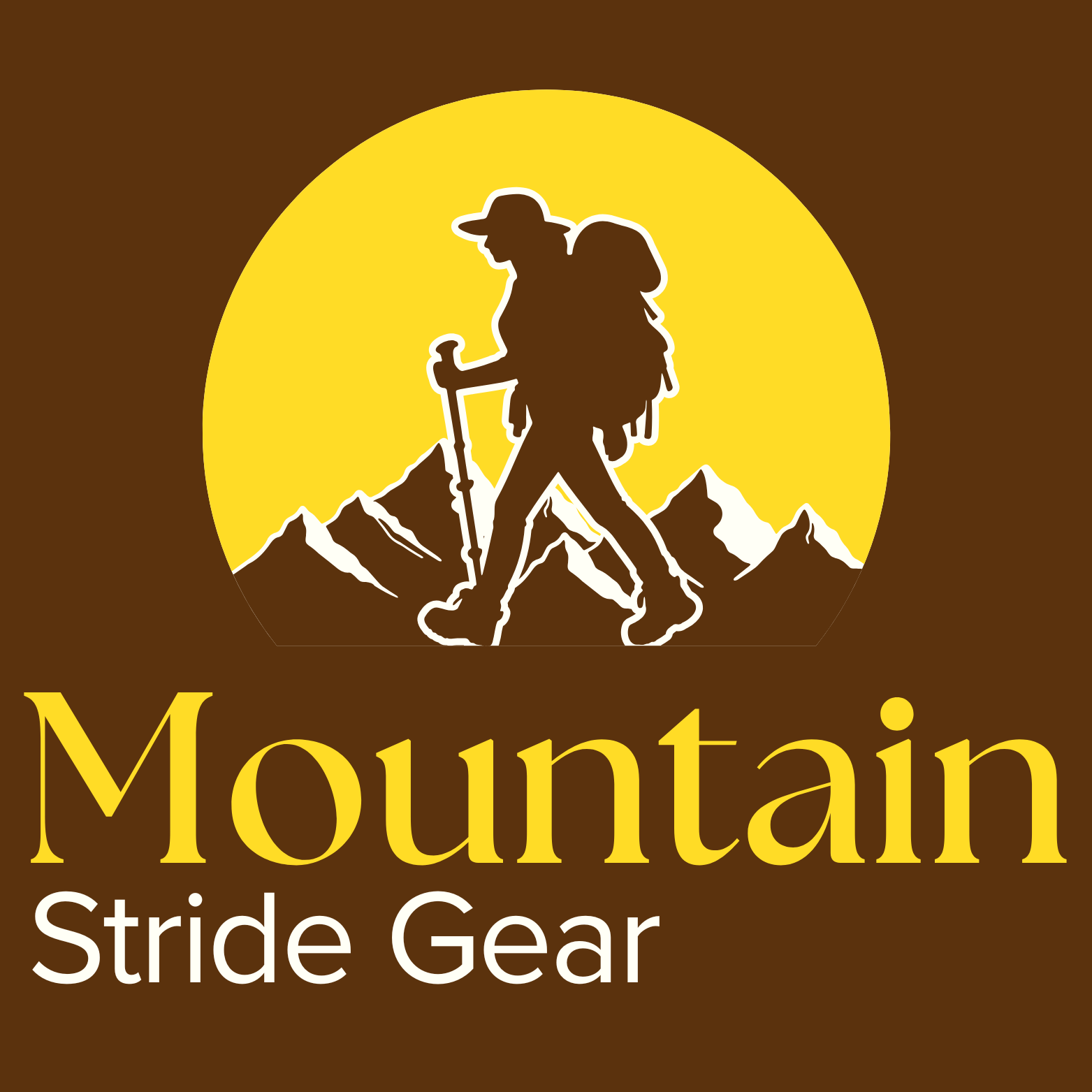When it comes to outdoor adventures, your journey truly starts at your feet. Whether you’re climbing a mountain, hiking forest trails with your family, or enjoying a relaxed day outdoors, the right footwear and insoles can make or break the experience. In this guide, you’ll learn how to choose outdoor footwear and insoles that protect your feet, boost performance, and keep you comfortable from the trailhead to the summit.
Why Footwear & Insoles Are Game-Changers
Most outdoor enthusiasts focus on backpacks, jackets, or gadgets—but forget that their feet carry them every step of the way. Ill-fitting shoes or poor insoles lead to blisters, soreness, and fatigue. Proper footwear and supportive insoles are not just about comfort; they directly impact safety, endurance, and overall enjoyment.
Support & Comfort
Well-fitted boots or trail shoes paired with quality insoles distribute pressure evenly, reducing fatigue during long treks. Whether you’re hauling gear, carrying a child, or hiking challenging terrain, extra support can keep your feet fresh and pain-free.
Tailored Fit for Different Needs
Not all explorers need the same footwear. Mountaineers may benefit from stiff boots, families often prefer cushioned trail runners, while casual adventurers might choose lightweight hiking shoes. Pairing these with the right insoles—like arch support for rocky climbs or cushioned insoles for easy walks—ensures lasting comfort.
Outdoor Gear Trends in 2025
The outdoor gear market is thriving, projected to grow by nearly 6% annually, with hiking gear alone expected to reach $7 billion by 2030. While high-tech backpacks and eco-friendly jackets get most of the spotlight, footwear remains a cornerstone of this growth.
Key trends include:
- Lightweight, multi-functional gear – Think collapsible trekking poles and breathable shoes designed for multiple terrains.
- Eco-friendly materials – Recycled fabrics and sustainable manufacturing are now top priorities for outdoor brands.
- Performance-driven insoles – Moisture-wicking, insulating, and orthopedic designs are gaining traction among hikers of all levels.
These trends highlight one truth: investing in your footwear and insoles is just as critical as upgrading any other piece of gear.
5 Actionable Tips for Choosing and Using Footwear & Insoles
1. Match Gear to Terrain & Trip Duration
Short day hikes? Opt for flexible, lightweight shoes with breathable insoles. Multi-day treks or climbs? Choose rugged boots with firm soles and replaceable insoles for long-lasting stability.
2. Prioritize Fit First
Start with footwear that matches your foot shape—consider length, width, and toe-box space. Only then add insoles to fine-tune arch support, cushioning, or pronation correction.
3. Rotate Insoles Seasonally
For winter hikes, insulating insoles add warmth. In hot months, moisture-wicking and ventilated insoles prevent sweat buildup and blisters. Switching seasonally helps keep feet healthy year-round.
4. Break in footwear gradually
Even top-quality boots or insoles require a break-in period. Wear them on short walks before committing to long hikes, and experiment with different socks to avoid chafing.
5. Inspect & Refresh Regularly
Check your shoes for worn tread, cracks, or separation. Replace insoles every few months or when cushioning starts to fade—this simple habit extends the life of your footwear and keeps your feet supported.
Backing It with Data & Common Questions
Search data shows a spike in interest for trekking gear during summer months, with common questions like “Should I wear boots or trail runners?” and “What’s the best footwear for family hikes?” These highlight a clear pain point: choosing footwear and insoles that balance comfort, durability, and performance.
By focusing on fit, terrain-specific gear, and regular maintenance, outdoor enthusiasts can avoid these pitfalls and enjoy longer, more rewarding adventures.
Key Takeaways
- Proper footwear and insoles are essential for comfort, injury prevention, and performance.
- Always start with fit, then customize with insoles for support or cushioning.
- Seasonal adjustments and regular replacements maximize durability and comfort.
- Staying aware of market trends can help you choose sustainable, high-performance options.
Ready to Gear Up?
Your next adventure deserves more than just good gear—it deserves the right foundation, starting at your feet. Want more expert insights on outdoor equipment? Join our newsletter for gear guides, explore our upcoming posts on camping essentials, or share this article with your adventure crew.
Step forward with confidence—the outdoors is waiting.
